Amateur astronomers these days have an incredible amount of technology available to them to make observing the night sky just that little bit easier.
It wasn't too long ago that practical astronomy saw the introduction of Go-To mounts, which offered beginners an electronic mounting set-up that could point a telescope automatically at a given target in the night sky.
Some seasoned observers bemoaned this 'quick fix' approach, arguing that it discouraged newcomers from learning how to navigate the celestial sphere.

But, the Go-To mount has proven its ability to bring the wonders of the night sky to those unable - or disinclined - to spending long periods outdoors on cold nights.
And now, Wi-Fi controlled mounts and telescopes have ushered in accessibility for a new generation of smartphone and tablet users, young and old.
Not only can some modern telescopes and mounts instantly point to a given target; they can be controlled via the phone that sits in your pocket.

Many smartphone-operated telescopes can even capture images as you observe, which can then be shared instantly via social media, uploaded to the cloud or emailed to your fellow observers around the world.
Like them or loathe them, smartphone and Wi-Fi controlled telescopes seem here to stay, and this is our pick of some of the best models that we've reviewed over the years.
For more advice, visit our telescopes reviews page or discover our pick of the best beginners telescopes and the best telescopes for kids.
Seestar S50
SQUIRREL_13054573

The ZWO Seestar S50's low price point sets it apart from many of its competitiors.
It's a compact smart telescope with a 50mm apochromatic refractor that's very portably.
The S50 comes in a shockproof carry case with tripod, USB-C charging cable, solar filter and user guides included.
It's operated via a smartphone or tablet designated Seestar iOS or Android app.
We got great views of the Sun (using the solar filter) and Moon, as well as nebulae, like the Horsehead, and galaxies like the famous Whirlpool.
The S50 is a great option for those who want something light and portable for dark-sky sites, but it's portability also means it's useful for catching brief gaps in the clouds.
Read our full Seestar S50 review
Sky-Watcher Explorer 130P AZ GO-2
- Buy now from PicStop
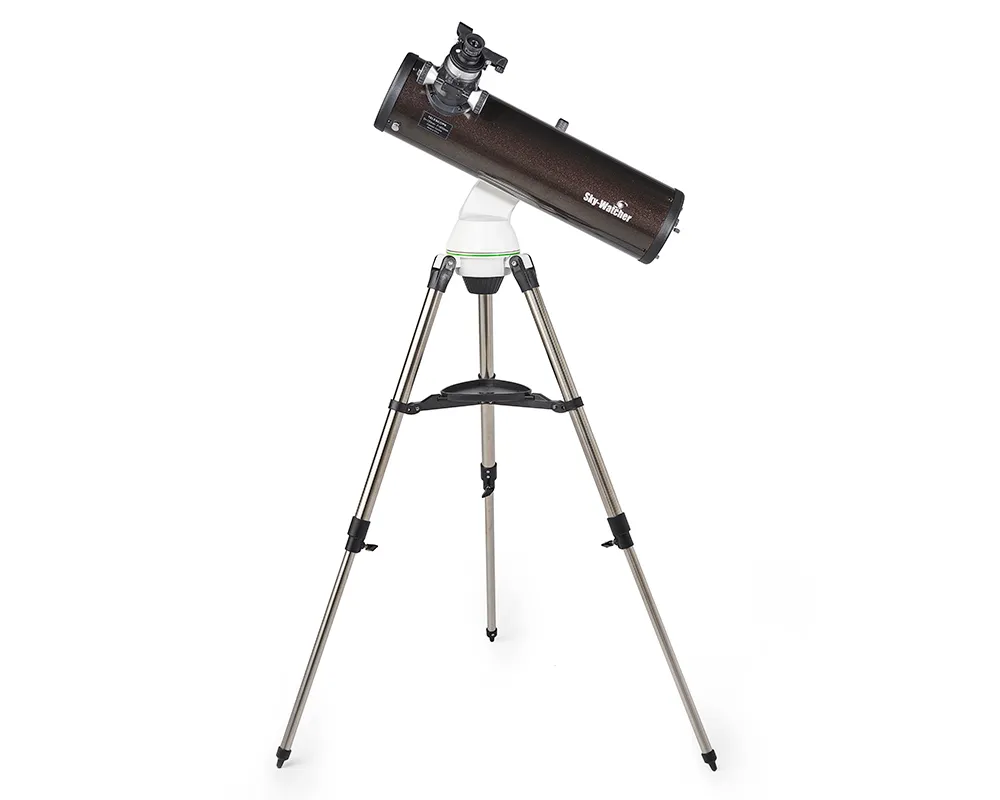
The Sky-Watcher Explorer 130P AZ GO-2 boasts a Wi-Fi-enabled altazimuth mount, meaning it can locate celestial targets by using a smartphone to control it.
Install the SynScan app on your phone and connect it to the mount's Wi-Fi hub.
We tested the app by carrying out a star alignment process before observing.
You set the mount to its 'home' position, then set the telescope tube level and point it north.
Connect the mount to its power supply and, with the app running on the smartphone, connect to the mount’s Wi-Fi hub.
The app then determines your location using a GPS location sensor.
The Go-To system was able to find a range of objects, from globular clusters to the Andromeda Galaxy and Bode's Galaxy, planetary nebulae and double stars.
This is a great Wi-Fi telescope for beginners, easy to set up and really benefitting from that Go-To functionality.
Read our full Sky-Watcher Explorer 130P AZ GO-2 review
Celestron Astro Fi 5 Schmidt-Cassegrain Wi-Fi system
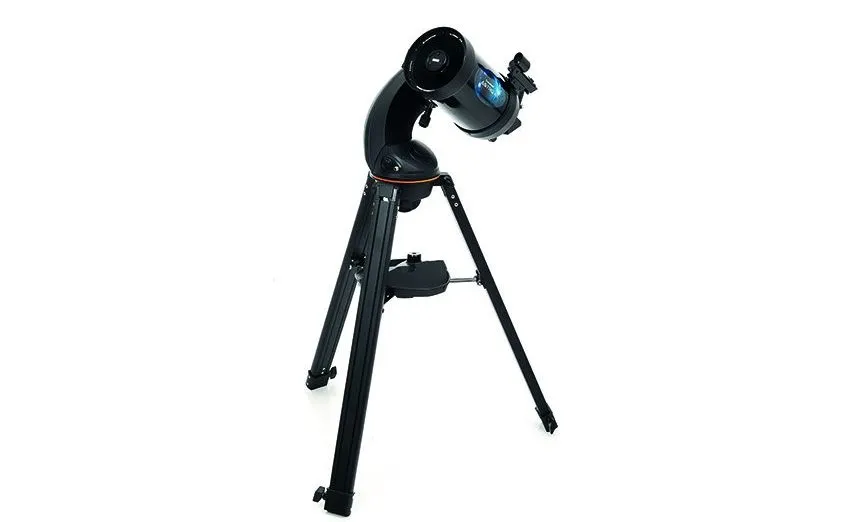
This is a 5-inch Schmidt-Cassegrain telescope on a single fork arm with integrated Wi-Fi, well suited to observing planets, the Moon and bright deep-sky targets.
When we tested it, the Wi-Fi/smartphone control of the Astro Fi 5 worked well every time.
The SkyPortal app is available for iOS or Android. We were able to install it very quickly, powering up the mount and letting it automatically set up a Wi-Fi spot that we could then connect to.
You then open up the app, connect, and follow alignment instructions. Then you can use the app to explore a range of targets or manually slew the telescope to wherever you want.
We observed the Orion Nebula and got a good view of the Trapezium stars at the centre.
The Crab Nebula presented a lovely oval glow and planetary nebula NGC 2392 was small but a faintly greenish blob even in the 10mm eyepiece.
This is an impressive, easy-to-use Wi-Fi telescope that really delivers.
Read our full Sky-Watcher SkyMax-127 with AZ-GTi Wi-Fi mount review.
Vaonis Vespera Observation Station
SQUIRREL_13052197
- Buy now from Adorama (US)
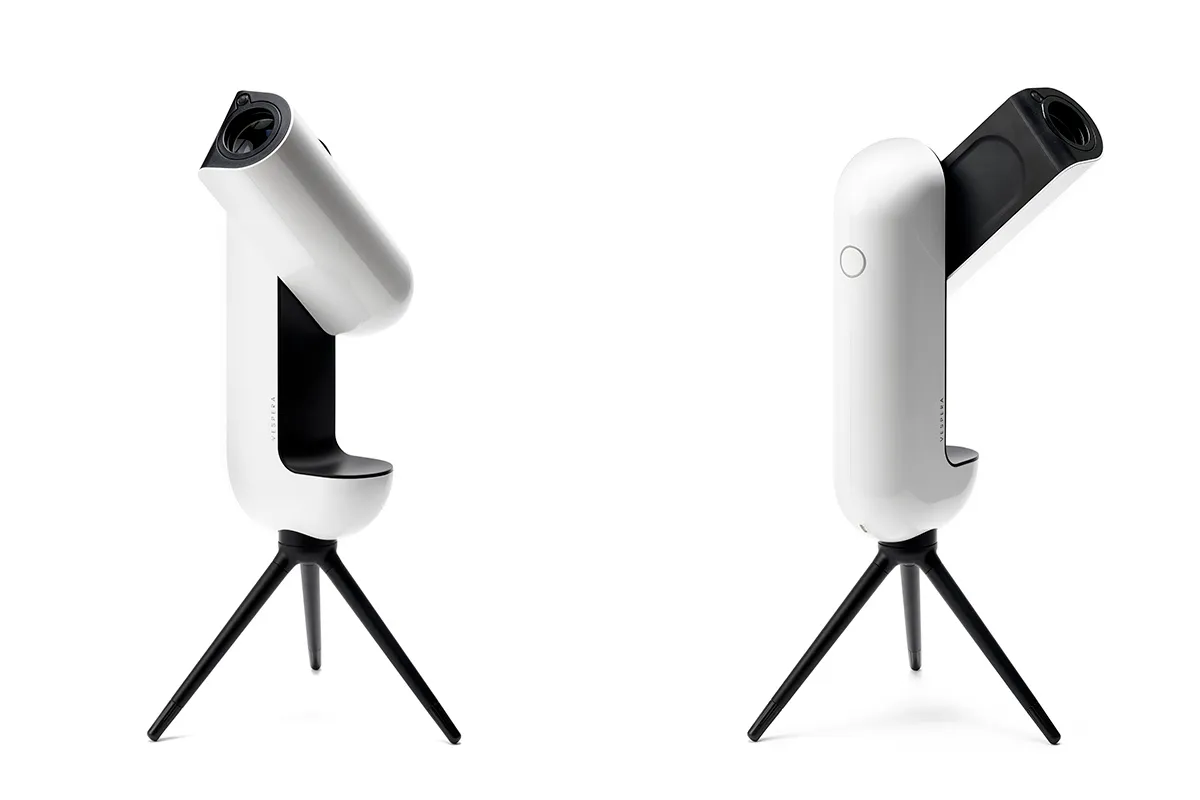
It may be a pricey option, but the Vespera Observation Station is ultimately an all-in-one astrophotography starter pack for urban observers.
At its core, it's a 2-inch a Go-To refractor, but instead of an eyepiece there's a computer and a Wi-Fi connection.
Download Vaonis’s Singularity app to your smartphone or tablet and you can instantly see whatever celestial target Vespera is pointed at.
The telescope's image sensor takes multiple images to produce continually improving images in real time.
Choose from Singularity’s database of targets, customised to a location via a smartphone’s GPS, sit back and watch.
You can then download the image to your device or share directly to social media.
Read our full Vaonis Vespera Observation Station review
Celestron StarSense Explorer DX 130AZ
SQUIRREL_13052198

Go-To telescopes may sound convenient and time-saving, but it's worth remembering that they do need to be aligned properly with bright stars. For beginners, this could be tricky.
Celestron's StarSense technology aims to use an app to help you align your telescope.
Download the free StarSense Explorer app, insert your smartphone into the holder and align its camera with the mirror underneath.
The StarSense sky recognition technology then matches what your smartphone’s camera sees with its planetarium database.
On-screen arrows and targets lead you to your chosen object, enabling you to manually move the telescope and zoom in until you reach the target.
The app’s lists of ‘tonight’s best objects’ are each labelled ‘City Viewable’ or ‘Dark Sky Viewable’, helping keep expectations in check for those in light-polluted urban areas.
Read our full Celestron StarSense Explorer DX 130AZ review.
Vaonis Hestia
- Buy now from Clifton Cameras

The Vaonis Hestia is an astrophotography telescope that uses a smartphone as a viewfinder.
This is a travel-friendly telescope that can easily be taken to dark-sky sites.
Like Vaonis’s Vespera smart telescopes, the Hestia connects to your smartphone, but it’s not quite the same.
Instead of the telescope having an integrated sensor to take images, the Vaonis Hestia uses your smartphone's camera.
Slot the smartphone in and the Gravity app helps you locate you targets, including the Moon and Sun and about 40 deep-sky objects in its catalogue.
Read our full Vaonis Hestia review
Sky-Watcher Star Discovery P150i Wi-Fi telescope
SQUIRREL_13052422
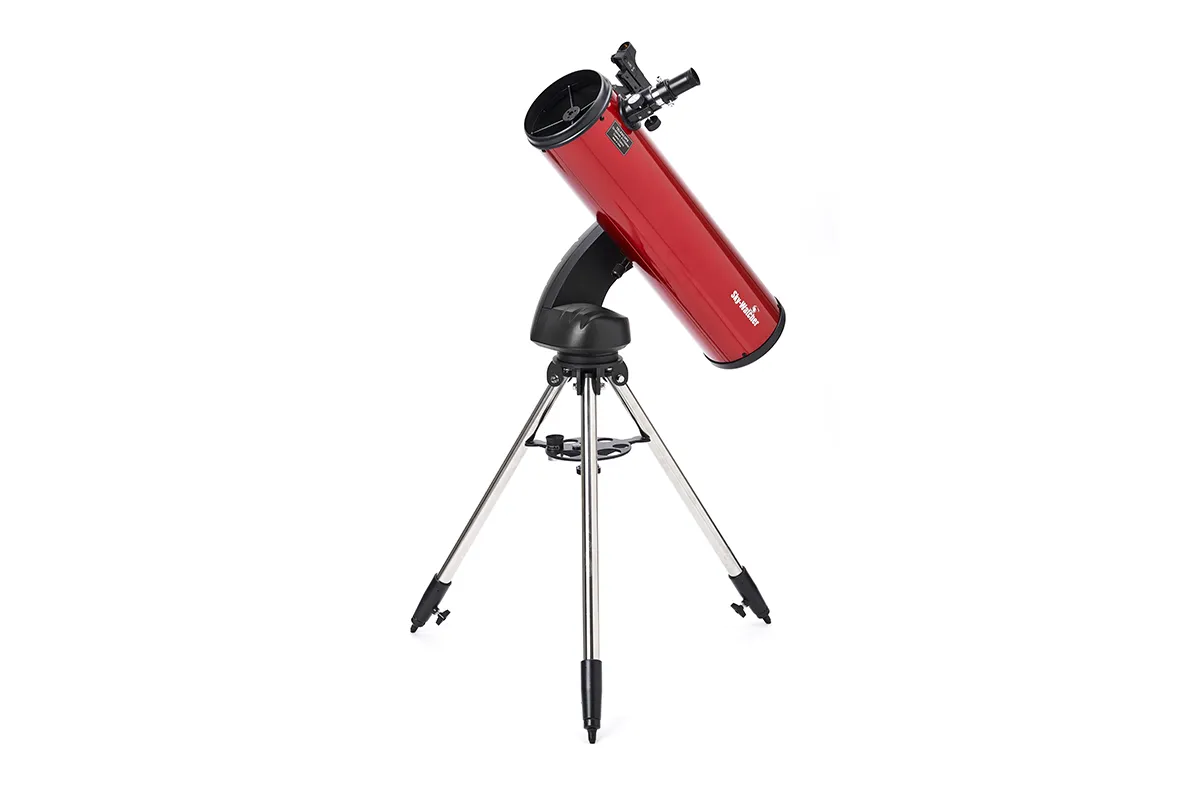
The Star Discovery P150i Wi-Fi telescope is another model operated with an app, connected via the inbuilt Wi-Fi network.
We turned it on and the mount automatically generated a network, enabling us to connect our smartphone and tablet.
We then downloaded the SynScan Pro app and got going.
The app offers plenty of options, including alignment routines and Solar System and deep-sky targets for observing.
The SynScan app allowed us to slew to a wide range of targets with ease.
Following a one-star alignment on Aldebaran, we were able to find most of our targets within the field of view of the 25mm eyepiece.
But a more accurate alignment using 2 or 3 stars really improved the accuracy and put most targets right in the centre of the view.
Read our full Sky-Watcher Star Discovery P150i Wi-Fi telescope review
Unistellar eVscope 2 telescope
SQUIRREL_13052650
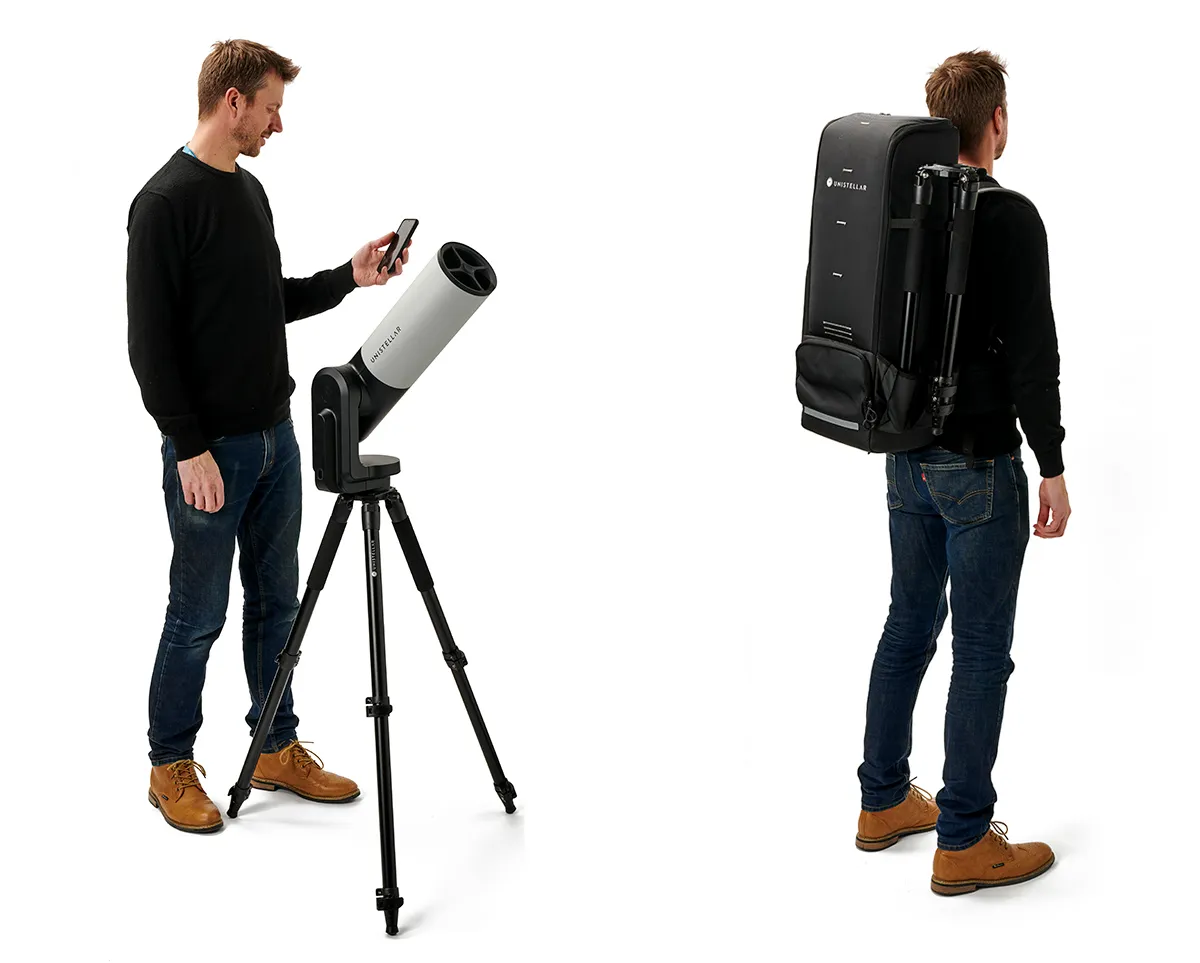
The eVscope 2 is a new model from Unistellar following the success of the Unistellar eVscope.
An updated Nikon-made eyepiece on the eVscope 2 produces real-time views of deep-sky targets that are more black and colourful than the predecessor.
It's also fitted with a new Sony camera sensor, and it tracks-and-stacks images in real-time to produce colourful views of deep-sky objects at the eyepiece and via an app.
Set-up is fairly simple. Once the telescope is in position, you switch it on, connect a smartphone or tablet to the Wi-Fi network and go through the short set-up process.
You can then use the Unistellar app to engage the ‘Automatic Field Detection’ mode to calibrate its database.
The app is excellent and provides lots of advice on which targets are about to set or rise, and those that are well-placed for observing.
The computer images an object every four seconds and stacks the results.
While this device may not be to everyone's taste or budget, it more than lives up to the hype.
Read our full Unistellar eVscope 2 telescope.
Stellina Observation Station telescope
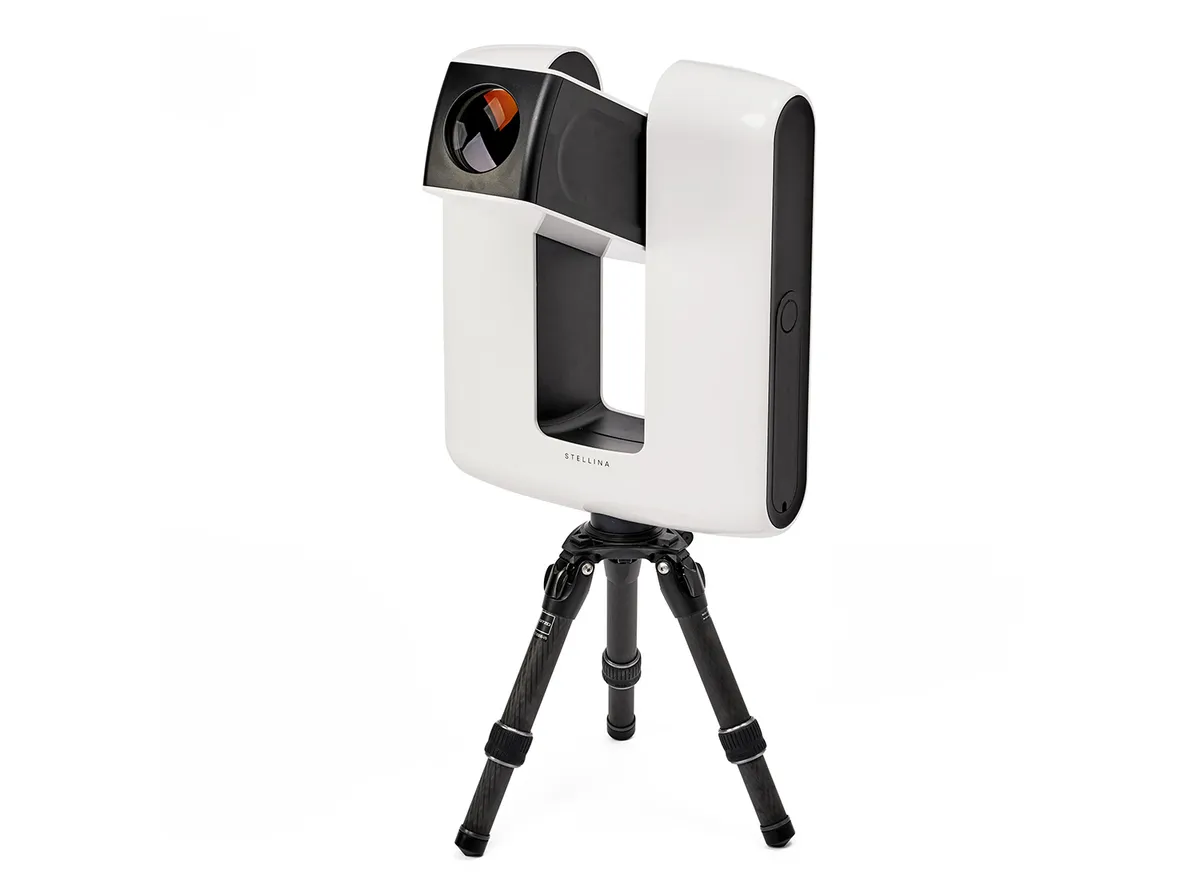
The Stellina is an automated altazimuth system that captures images of deep-sky objects as an all-in-one package.
This means it can image the night sky without the need for guide scopes, equatorial mounts, laptops and external cameras.
Stellina's main hook is that can photograph celestial targets with minimum input from the user, other than a few taps on a tablet or smartphone screen.
You download the Stellina app for Android or Apple iOS and turn on the Stellina, which then creates a Wi-Fi network and enables you to connect your device to it, before proceeding to the initialisation screen.
Stellina uses GPS to set time, date and location, open the telescope and search the sky for a starry field, then auto focus the optics.
Once done it is ready for you to choose a target to image.
A nice touch is that up to 20 other devices can be connected at one time, enabling groups of people to see what's happening on screen through their own smartphone or tablet.
This also makes it useful for astronomy outreach or star parties.
Read our full Stellina Observation Station telescope review
Skymax-127 Virtuoso GTi tabletop telescope
SQUIRREL_13052152
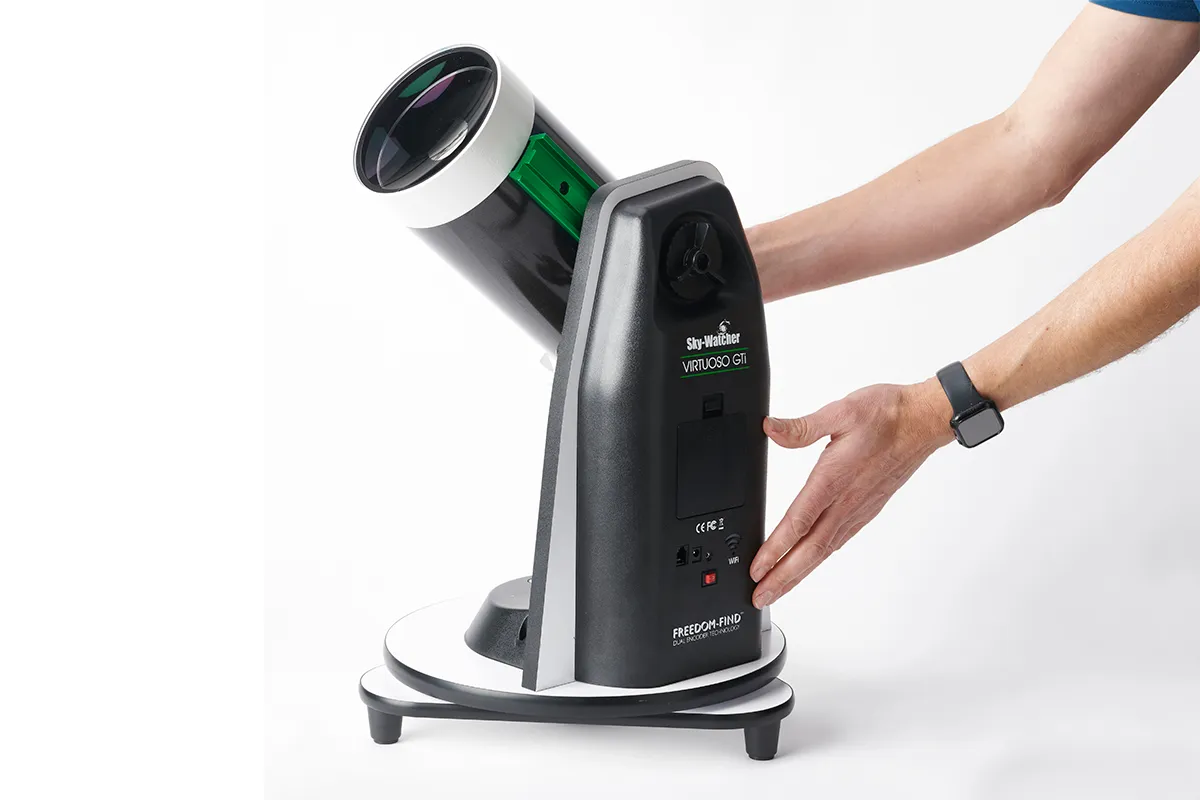
Tabletop telescopes are a great option for kids and newcomers because they are lightweight, transportable and easy to set up.
The Sky-Watcher Skymax-127 Virtuoso GTi has an added benefit: itsWi-Fi-controllable Go-To mount offers to make the night sky available at the touch of an on-screen button.
The integrated Wi-Fi adaptor enables the scope to be controlled with a smartphone or tablet.
The Virtuoso GTi single-arm tabletop mount hosts a wireless network adaptor that means you can connect with a smartphone or tablet and control the mount.
You just need to download the SynScan Pro app, which is available for both Android and iOS devices.
Turn on the mount and it broadcasts a wireless signal that you use to connect the telescope to your device.
Open the SynScan app and select ‘Connect’ and it’ll pick up the scope’s signal and make the connection.
You can then use the app to control the scope’s functions, such as performing star alignment and locating targets from the built-in lists available.
The app worked well during this test and once connected, it also allows you to open planetarium apps, such as SkySafari, and to select ‘SkyWatcher SynScanLink’ in the telescope setup page to transfer control to even more targets.
Read our full Skymax-127 Virtuoso GTi tabletop telescope review
